The Underground City of Naours, located in the northern region of France, is a fascinating historical site deeply embedded in the region’s history. This underground labyrinth began as a network of limestone quarries, which, over time, were expanded and transformed into a complex refuge for the local population. The origins of Naours are tied to the area’s need for protection during periods of conflict. In the Middle Ages, northern France was frequently threatened by invasions, including those by the Normans. To safeguard themselves, the inhabitants of Naours retreated underground, creating a secure haven beneath the earth’s surface. Known locally as “many,” this underground sanctuary provided much-needed shelter from the dangers of the world above.
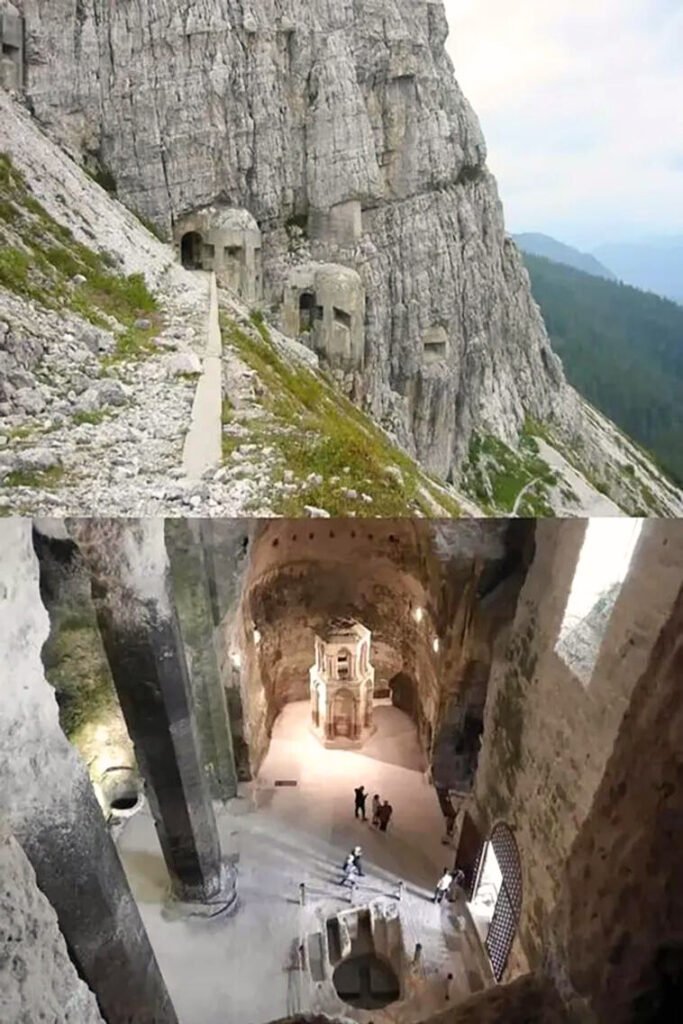
The significance of Naours grew over the centuries, particularly during the 17th century when Europe was engulfed in the turmoil of the Thirty Years’ War. This period of widespread destruction left much of the region in ruins, making the underground city even more crucial for survival. By this time, Naours had evolved into a well-established community capable of sheltering a large population. At its peak, it is believed that the underground city could accommodate around 3,000 people, making it one of the most significant underground refuges in the region.
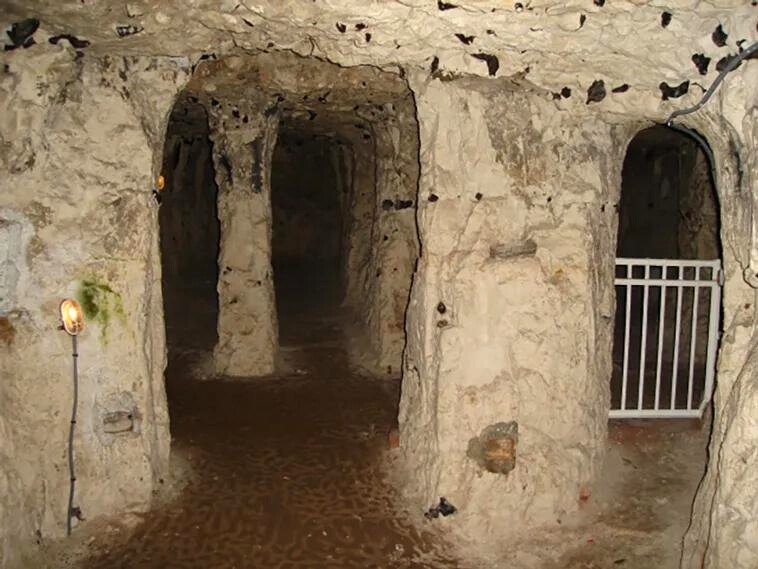
The architecture of the Underground City of Naours is a remarkable testament to the ingenuity and resilience of its creators. The city consists of over 300 rooms and 28 galleries, all carefully carved out of limestone. These rooms were designed to meet the daily needs of the inhabitants, providing spaces for living, worship, and storage. The city had designated living quarters where families resided, stables for livestock, and storage areas for food and supplies. In addition to these essential facilities, Naours also boasted three chapels, where the inhabitants could gather for worship and find solace during difficult times.
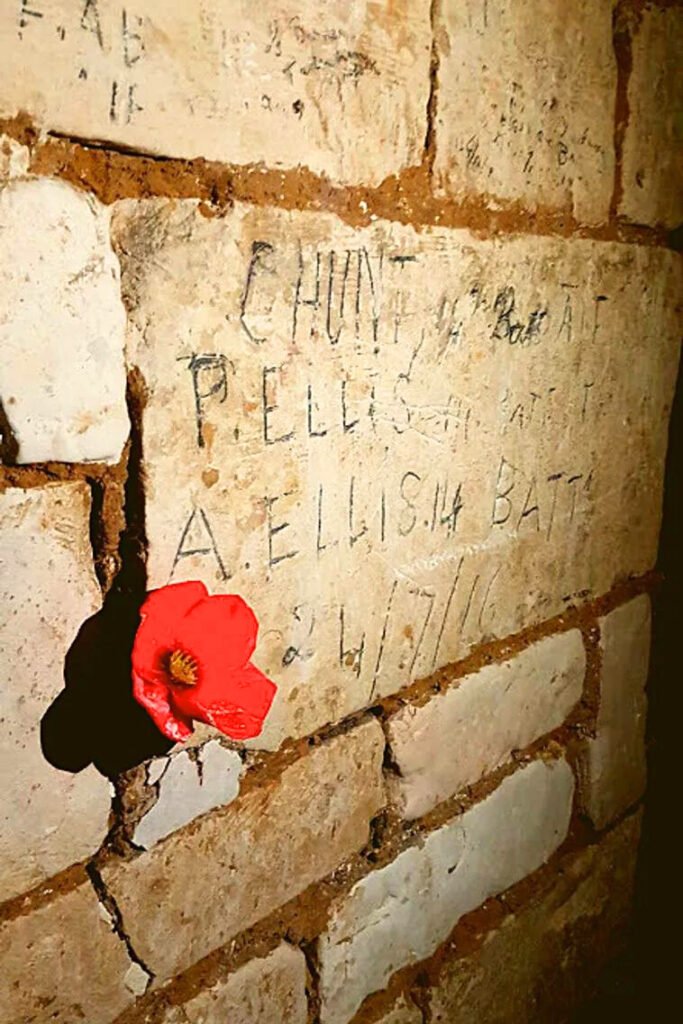
Communal life in the underground city was further enhanced by the presence of multiple town squares, which served as social hubs where the residents could interact and maintain a sense of normalcy. One of the most intriguing features of Naours is its bakery, which is equipped with working ovens. The chimneys from these ovens, as well as from other fires used for cooking and warmth, were ingeniously routed through the structures aboveground. This clever design concealed the presence of the underground city, allowing its inhabitants to go about their daily lives undetected by potential invaders.
The ability to create and maintain such a complex and functional underground community reflects the remarkable adaptability of the people who lived there. Despite being forced to live underground, they managed to establish an autonomous environment that could support a large population for extended periods. Their efforts ensured that life could continue even in the face of external threats.
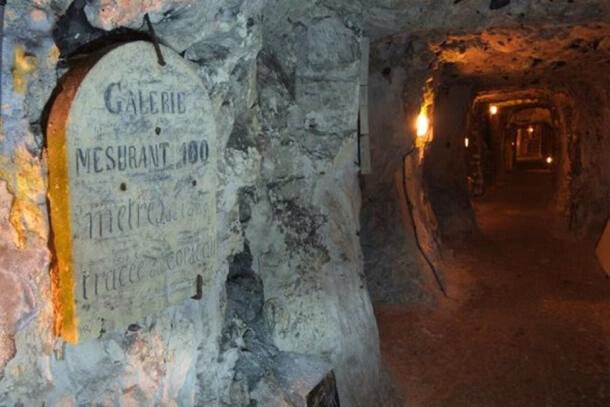
One of the most compelling aspects of Naours is the extensive graffiti left behind by its past inhabitants. These inscriptions, carved into the walls of the tunnels and chambers, offer a unique window into the lives of those who sought refuge in the underground city. The graffiti ranges from simple names and dates to more elaborate carvings, providing a fascinating historical record of the city’s use over the centuries.
The graffiti from World War I holds particular significance. During this time, Naours was visited by soldiers who left behind inscriptions that capture their emotions and experiences during one of the most brutal conflicts in history. These poignant messages serve as a powerful reminder of the human cost of war and the resilience of those who endured it. The graffiti offers a direct connection to the past, allowing us to glimpse the thoughts and feelings of young men facing the horrors of war.
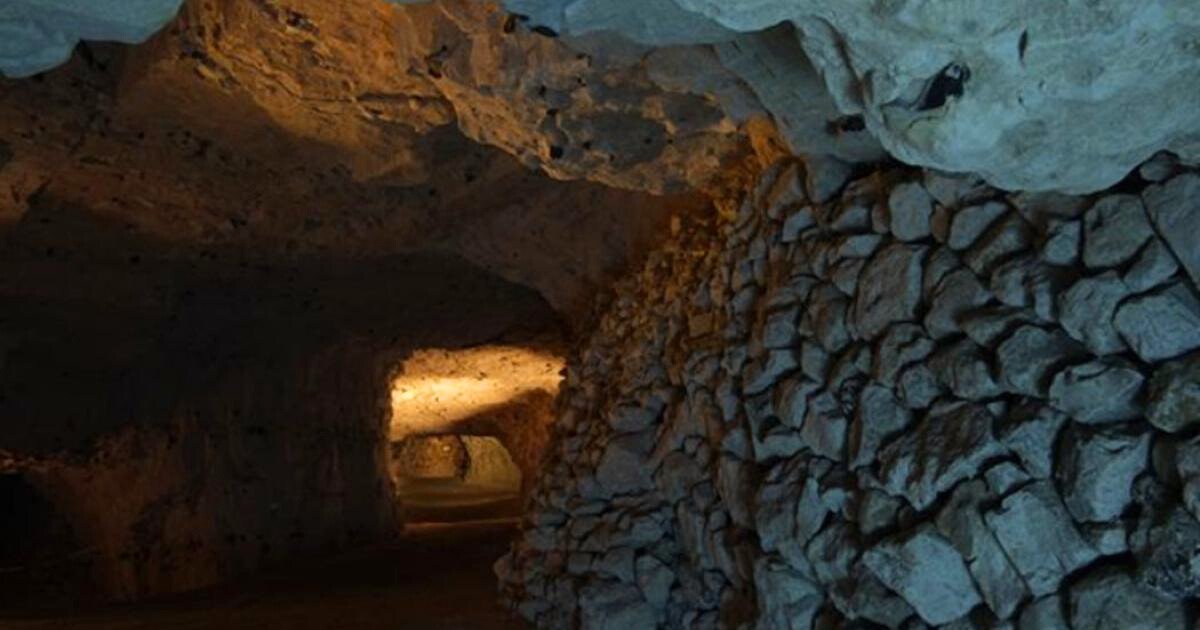
The Underground City of Naours is now a remarkable historical site, providing a unique window into a concealed world that was once vital to the lives of many people. The well-preserved architecture, combined with the extensive graffiti, offers invaluable insight into the past. As a cultural and historical landmark, Naours continues to captivate the imagination of visitors from around the world.
This underground city is both an engineering marvel and a powerful reminder of the extraordinary measures people take to safeguard themselves and their loved ones in times of crisis. Naours’s legacy deserves to be preserved and cherished for future generations, ensuring that the stories of those who once sought refuge beneath the earth are never forgotten.
Also you can read an article about Scaligero Castle: The Enigmatic “Sinking Castle” of Lake Garda and more amazing articles in our website Bamboospanda.






